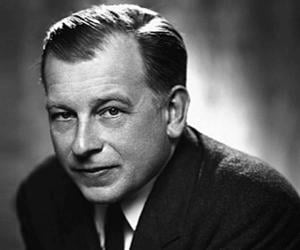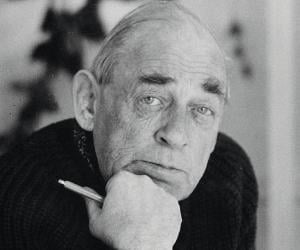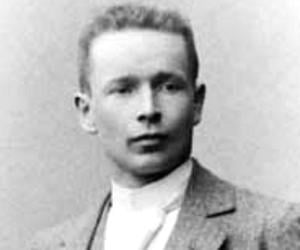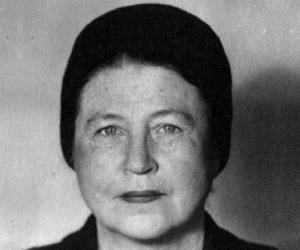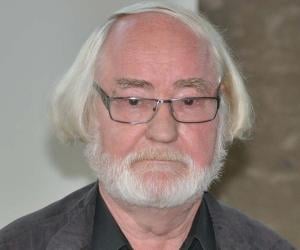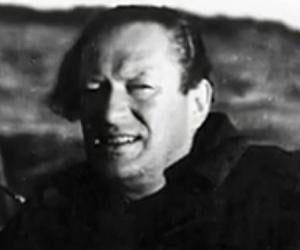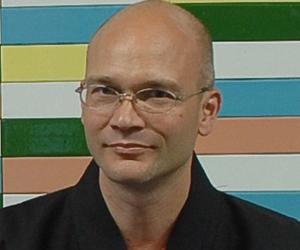1
Eero Saarinen
(Architect)
Birthdate: August 20, 1910
Sun Sign: Leo
Birthplace: Kirkkonummi, Finland
Died: September 1, 1961
Eero Saarinen was a renowned Finnish-American architect and industrial designer known for his innovative designs of buildings and monuments. He created iconic structures such as the General Motors Technical Center, the passenger terminal at Dulles International Airport, the TWA Flight Center (now TWA Hotel), and the Gateway Arch. Saarinen's work revolutionized architectural design, blending form and function to create visually striking and technologically advanced structures. His contributions to modern architecture continue to inspire and influence designers and architects worldwide.
